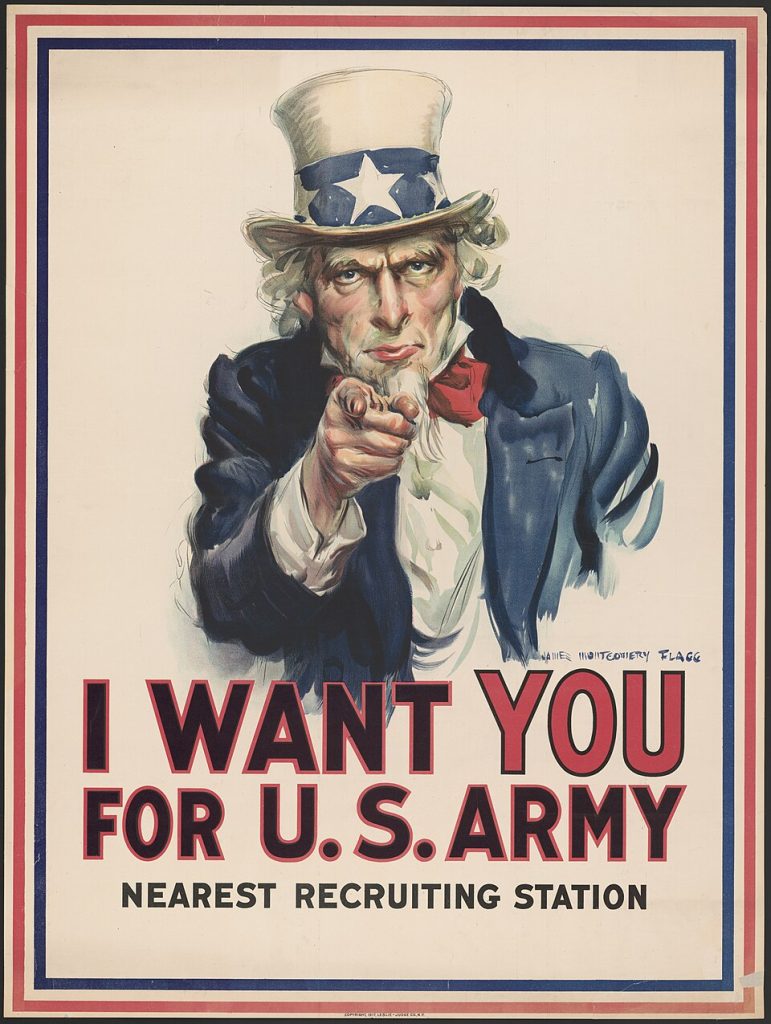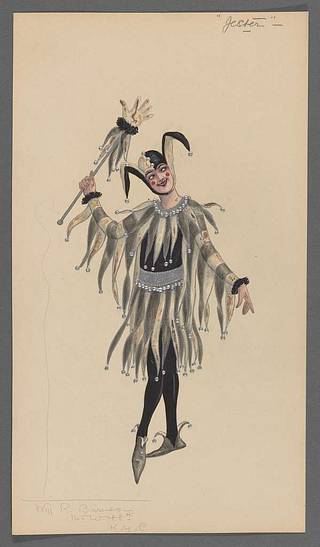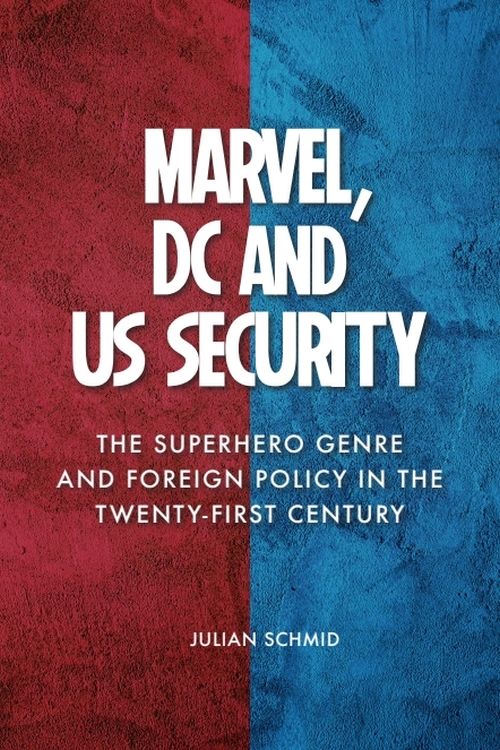
by Julian Schmid
The audience is always interested in what a text – a film, a book or reality itself – is about. The following blog could expand on what Marvel, DC and US Security talks about, however, I’m afraid I will have to disappoint. What follows is the opposite: all the things the book is not about.
Marvel, DC and US Security is not about…
…box office figures and fandom.
Disclaimer: Money is important, as are box office figures and merchandise sales. And having delved partially into audience and reception culture, I want to express my admiration for fan culture’s deep understanding of superheroic texts that exceeds mine by far.
But the material popularity of the genre was never the point in writing this book. Rather, it became impossible to not reflect on what 9/11 had done to our world, having been a teenage consumer of a violent televised event. And how it made clear that culture, representation, politics and reality had become undivorceable. In this sense, superheroes and their countless reincarnations do something to and with the political world, they shape, navigate and translate realities we are all part of and that we can’t and quite often don’t want to escape. That makes them phenomenal in the most literal sense of the word. They don’t just traverse the silver screen – they inhabit the same space we all inherit. They breathe the same air and feel the same things as we do – nay – they are us.
…propaganda or escapism

Public Domain (Published before 1929; U.S. copyright expired)
The book cannot and will not provide any suggestion on how to read and interpret specific characters or texts. This is not a marketing trick in order to appeal to a broader audience, but it is the recognition that while superheroes have been used for propaganda purposes – one might think of the military-industrial-entertainment complex – and numerous people find solace in watching and rewatching their favourite superheroes engaging in fun and violent spectacle. Yet they never just fulfil a single purpose.
Rather, superheroes have become – and maybe always were – part of the tropes that create reality. In this way, one could make the argument that considering superheroes as mere propaganda or escapism would be intellectually, socially and politically frivolous.
…saving the world
Superheroes set out to save the world. Many cultural traditions tie together tropes of heroism, (national) identity and salvation. Judeo-Christian narratives – amongst countless more – have made promises of resurrection and redemption that have long-ago seeped into the way we envision social and political pasts, presents and futures. Hollywood culture specifically imagines world-saving events enacted by often male heroic saviour figures – from Rambo to Luke Skywalker. And maybe those were fitting albeit problematic visions of solving conflict; Captain America fighting Hitler when the US still remained neutral, Iron Man’s own physical hybridisation reflecting nuclear anxieties.
Following this trajectory, it seems logical that superheroes attempted to somehow remedy the horror of 9/11 and the genre picked up quickly. But the world never seemed to recover, and while terrorism became the new go-to threat to the world and human civilisation overall, it was only the beginning. The world arrived at a moment when crisis became the guiding principle of the political world. Superheroes could not guide us through the challenges of this century, rather they stood by and watched while a pandemic held the world hostage. Their failure is not their own, it is the one of a world that is trapped in logics and assumptions that were most likely always misguided. This is not their fault – superheroes are stuck in the same reality we all are, remember? But one wonders how they are supposed to save us from environmental and climate changes.
…good and bad guys

Public domain.
The book is unable and, quite frankly, unwilling to treat good and evil as meaningful categories for understanding politics. While a major part of the book is spent on investigating what I would describe as an imagined frontline between two sides, I cannot cast final judgement over any characters – fictional or real if that distinction helps. But at the same time the book never aimed to deconstruct the ‘good guys’ (the bad guys might already be deconstructed) just for the sake of it. This is where it would be easy, yet again, to succumb to superficial and cynical readings of heroism from the perspective of a wounded and hurting world that lost faith in once stable fantasies. This is where the in-between spaces become truly powerful.
The book is operating in grey areas. It is interested in all shades of colour, as long as they are not black or white. I will leave it up to the reader to make sense of the words that have been written in moments that were deeply personal and political. An attentive reader might have already discovered whose voice sets the scene as the first and the last of the book, but let me give you this little spoiler: It is the voice of the Joker, colourful, complex, chaotic and in the end, problematising the logics of our world that seem not too different.
Let the monsters and tricksters rule.
About the author
Julian Schmid is Assistant Professor of Security and Global Studies at the American University in the Emirates. His research addresses a variety of issues including security, US foreign policy, geopolitics, political violence and aesthetic and cultural readings of world politics.







